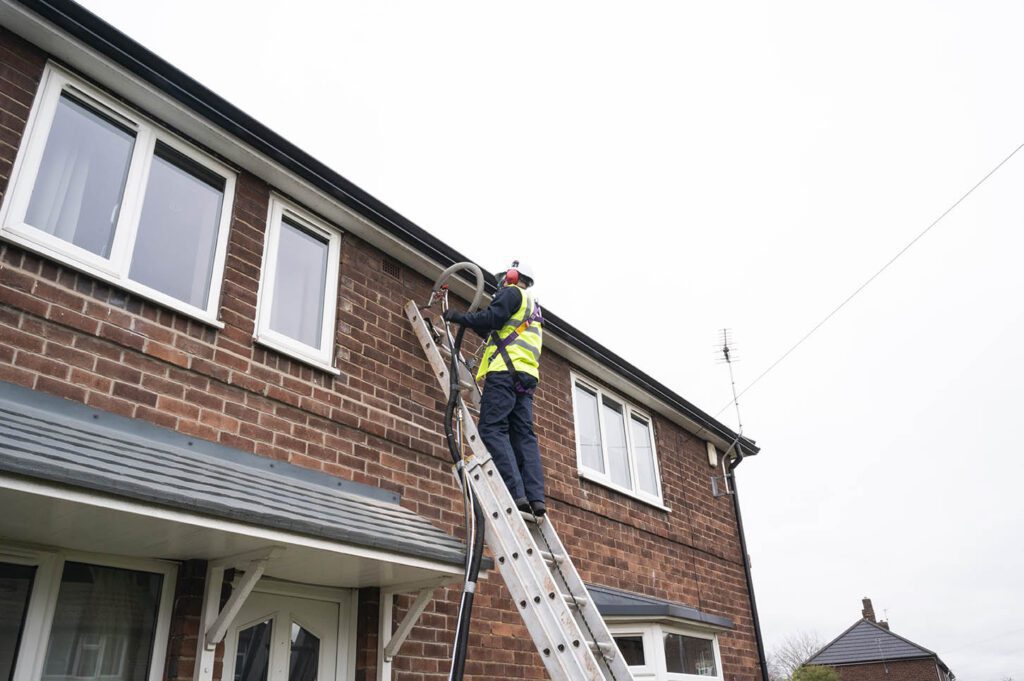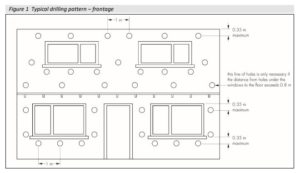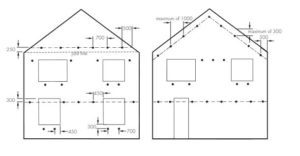How can I tell my cavity walls are already insulated?

Use the links to find quick answers to the questions covered in this article:
With higher heating bills and a cost-of-living crisis, you may be considering improving the energy efficiency of your home.
Cavity wall insulation is a great way to insulate your home from soaring energy bills, whilst preventing heat loss. It is the perfect time to check whether you are eligible for cavity wall insulation grants and funding.
First, you may ask yourself, does my home have cavity walls and are my cavity walls insulated?
In this blog, we set out to help you answer those questions with some simple signs you can look out for.
How can I tell my home has cavity walls?
Firstly, it is worth checking whether your home has cavity walls.
A cavity wall is constructed with two separate walls with space in between them, known as the cavity.
An indication your home has cavity walls can be the age and time of build. Houses built after the 1930s are likely to have cavity walls. Homes built before then usually have solid walls, meaning they have no cavities.
Another sign that your walls have a cavity, is the brick pattern.
The bricks will all look the same size, whereas if your walls are solid and therefore unsuitable for cavity wall insulation, every other brick will probably be placed end-on.
How do I check whether my cavity wall is already insulated?
If you’re unsure whether the cavity walls in your home are insulated, there are two checks you can do.
- Check your Energy Performance Certificate (EPC) online.
- Check to see whether there is a drill pattern on your external walls.
Check the EPC register
An Energy Performance Certificate (EPC) gives a property an energy efficiency rating. The ratings range from A to G, with A being the most efficient.
Not all properties have an EPC, but it is worth checking. You can find out whether your home has an EPC by visiting the government EPC register online.
Check the government EPC register here.
The EPC can give you an indication of whether your cavity walls are insulated.
However, not all EPCs are a true reflection of the cavity. Some assumptions must be made because it is a non-invasive assessment.
Generally, it is based on the age of the property and whether an external drill pattern can be seen. It is only when a technical survey is carried out and a borescope is used to check the internal cavity, that it can be determined whether the cavity is or isn’t insulated. This is carried out by an experienced Retrofit Assessor.
Is there a drill pattern on your external walls?
Cavity wall insulation works by filling the gap between your internal and external walls with an insulating material, which helps to keep heat in and reduce your energy bills.
There are two main types of cavity wall insulation:
- Polystyrene beads
- Mineral wool
If there is a drilling pattern within the mortar joints on the external walls of your home, this usually is a good indicator that your home has been insulated.
The drilling pattern will vary. It depends on the type of insulation material used to insulate your walls.
For example, if your home has been insulated with mineral wool, typically the drilling pattern on the front of your house will look like the below:

The drilling pattern is different if your home has been insulated with polystyrene bead cavity wall insulation, typically like the below:

Still not sure? Ask an experienced Cavity Wall Installer
If you’re still not sure, you can contact a professional insulation company, to come and look for you. They have special tools such as a borescope that can allow them to drill a small hole in the mortar and view the cavity to establish whether it is insulated.






